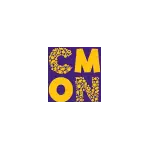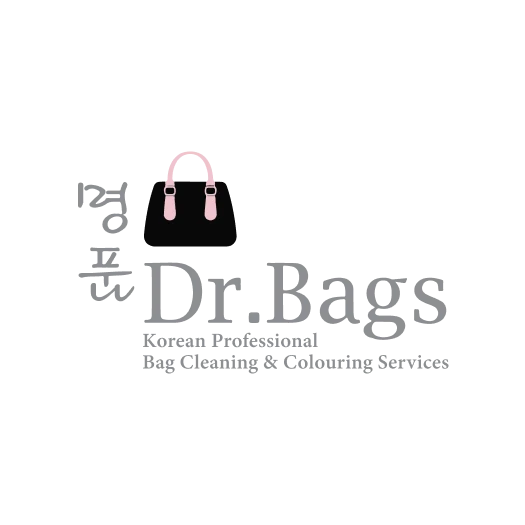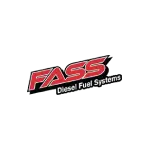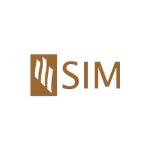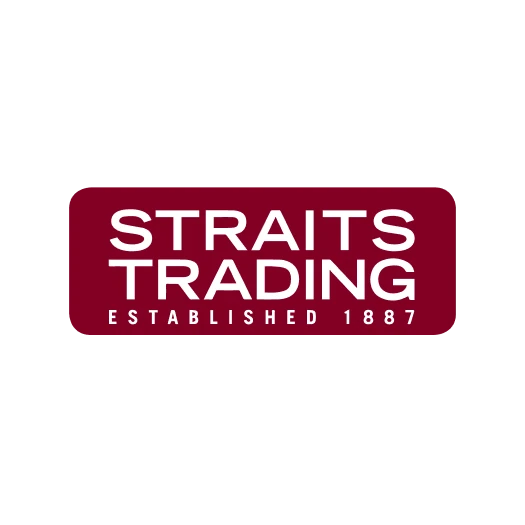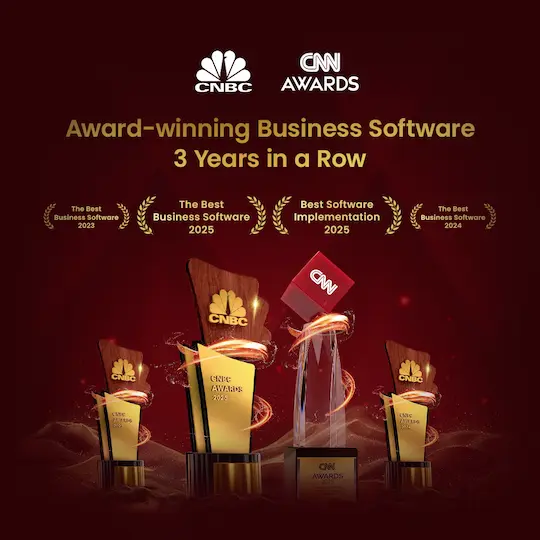How do factories produce thousands of identical products so quickly? The assembly line has long been the core of mass production. It boosts efficiency but also faces issues like bottlenecks, downtime, and coordination errors.
The International Labour Organization (ILO) notes that minor disruptions can cut output by 20–30%. Statista adds that nearly 40% of manufacturers still deal with recurring downtime. These figures highlight how efficiency challenges remain a significant concern.
This is where HashMicro Manufacturing Software comes in. By offering automated production scheduling, real-time quality control, and data-driven performance analysis, HashMicro helps manufacturers reduce delays, optimize resources, and keep assembly lines running smoothly.
In this article, we will explore how the assembly line works, the common problems it faces, and how modern technology provides solutions for a more efficient production system.
Key Takeaways
|
What Is an Assembly Line?
An assembly line is a production system where a product is built step by step across a series of workstations. It works by assigning each worker or machine a specific task, allowing items to be produced faster and in large quantities.
Instead of focusing on one complex task, the assembly line simplifies production by dividing work into smaller, repeatable steps. This method not only saves time but also reduces errors, making it easier to maintain efficiency and quality at scale.
Today, assembly lines are used in many industries, including automotive, electronics, food, and pharmaceuticals. By breaking down complex processes into smaller tasks, companies can maintain consistent quality while scaling up output.
Benefits of the Assembly Line
The automated assembly line brings key advantages for manufacturers aiming for efficiency and scale. Dividing production into repeatable steps enables faster output, better quality, and improved resource use.
1. Higher productivity
Assembly lines let workers and machines focus on one task repeatedly. This specialization reduces setup time, increases speed, and helps factories meet large-scale demand.
In many cases, output can be aligned with takt time, the pace needed to match customer demand, ensuring the production line is both fast and efficient.
2. Consistent quality
With standardized steps, every product follows the same process. This minimizes errors, ensures uniform results, and strengthens brand reputation by delivering reliable quality. Even when production volume increases, companies can maintain the same quality standards.
3. Lower production costs
Streamlined workflows reduced labor hours and energy usage. Over time, these efficiencies significantly reduce manufacturing costs while keeping output high. Lower costs also make products more affordable, which can expand market reach and boost competitiveness.
4. Easier workforce training
Since tasks are repetitive and straightforward, new employees can adapt quickly. Companies can onboard workers faster, reduce training expenses, and maintain flexibility in staffing. This is especially useful in industries with high turnover rates or seasonal spikes in demand.
5. Faster market delivery
Shorter production cycles allow products to reach shelves sooner. This speed not only satisfies customer demand but also helps businesses stay competitive in fast-moving markets. Companies can launch new products more quickly and respond faster to changes in consumer trends.
Challenges of the Assembly Line
While the assembly line improves speed and efficiency, it also presents challenges that can disrupt production if not properly managed.
1. Bottlenecks
When one workstation is slower than the others, it creates a queue that holds back the entire flow. Bottlenecks often happen due to uneven task distribution, outdated equipment, or insufficient workforce skills. If left unresolved, they can significantly lower overall output.
2. Machine downtime
Breakdowns and maintenance issues can bring the whole line to a stop. Unplanned downtime not only reduces productivity but also leads to wasted raw materials and higher labor costs. In industries with tight deadlines, even a short halt can cause shipment delays.
3. Quality control issues
In high-speed production, a single error can quickly affect hundreds of products. Without effective inspection systems, defective units may go unnoticed until late in the process, increasing rework and scrap costs.
4. Workforce fatigue
Repetitive tasks over long shifts can cause physical strain and reduced focus. Fatigue increases the chance of mistakes and accidents, while also lowering worker morale. Over time, this may lead to higher turnover rates and added training costs for replacements.
Assembly Line Innovations and Future Trends
Modern assembly lines are evolving rapidly with the help of advanced technologies. Automated systems now take over tasks that are too complex or hazardous for human workers. This not only improves safety but also allows companies to focus on more strategic areas.
1. Robotics in automotive assembly
Robotic arms are widely used in automotive plants to handle welding, painting, and even installing small components. These machines work with precision and speed, helping manufacturers boost productivity while maintaining strict quality standards.
2. AI and machine learning
Artificial intelligence is transforming assembly line management. Predictive maintenance powered by AI helps reduce unplanned downtime, while machine learning algorithms optimize production schedules in real time.
These systems can even adjust operations automatically to meet shifts in demand. In many factories, such technologies are paired with Manufacturing Execution Systems (MES) to track performance across every stage of the line.
Streamlining Modern Assembly Lines with HashMicro
Assembly lines run best when every process is well-coordinated. HashMicro Manufacturing Software helps manufacturers achieve this by automating production schedules, monitoring operations in real time, and ensuring consistent quality control across every stage of production.
With better resource allocation and scalable features, companies can minimize downtime, reduce costs, and meet market demand more effectively.
By integrating HashMicro into their operations, manufacturers can transform traditional assembly lines into more intelligent, more efficient systems that deliver faster and more reliable results.
Key features of HashMicro Manufacture:
- Confidential BoM: Keeps the Bill of Materials secure by restricting unauthorized access, ensuring sensitive product data remains protected.
- Finished Goods Simulation: Allows manufacturers to run production simulations for finished products, enabling them to anticipate issues and refine planning strategies.
- Live Manufacturing Monitoring: Delivers real-time visibility and instant feedback on ongoing production activities.
- Shop Floor Management: Gives production managers direct control and flexibility to adjust operations on the factory floor.
- Dynamic Production Scheduling: Utilizes real-time data to schedule jobs accurately, monitor progress, and reduce delays.
- System Integration: HashMicro solutions integrate smoothly with third-party tools and existing systems, expanding functionality and ensuring easy adoption.
Conclusion
The assembly line is a production system that breaks complex processes into smaller, repeatable steps. It has become essential for manufacturers to achieve efficiency, consistency, and the ability to meet market demand at scale.
Yet, assembly lines often face bottlenecks, downtime, and quality issues. HashMicro Manufacturing Software helps address these challenges through automation, real-time monitoring, and seamless integration, ensuring smoother and more productive operations.
Ready to transform your assembly line operations? Book a free demo with HashMicro today and see how more innovative manufacturing software can help your business achieve greater efficiency and profitability.
Warning: Undefined array key "med" in /home/hashmicr/public_html/blog/wp-content/plugins/insert-headers-and-footers/includes/class-wpcode-snippet-execute.php(419) : eval()'d code on line 281

FAQ About Assembly Line
-
Is an assembly line a system?
In manufacturing, an assembly line is an organized setup of machines or workers positioned along a conveyor, with each station handling a distinct step in the product’s progression.
-
Are assembly lines only used in the automotive industry?
No, assembly lines are widely applied in industries such as electronics, food processing, pharmaceuticals, and consumer goods to improve efficiency.
-
When was the assembly line first introduced?
The modern assembly line was popularized by Henry Ford in 1913 for automobile production, revolutionizing mass manufacturing worldwide.







